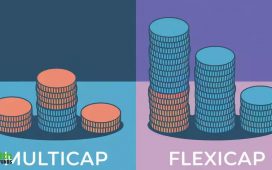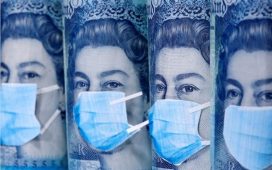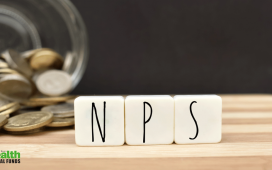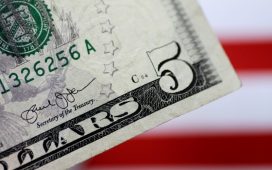
Pound to Dollar Rate Slides on Firm U.S. Inflation Print, But Weakness Could Prove Shortlived
PoundSterlingLIVE – Pound Sterling fell sharply following the release of U.S. inflation numbers that beat expectations although the scale of the surprise was relatively limited which suggests losses can be contained, if not reversed, over the short term.
The Dollar was broadly higher after U.S. headline inflation was reported at 3.7% year-on-year in September, which is unchanged from the month prior but ahead of consensus expectations for 3.6%. The month-on-month increase in September stood at 0.4%, down on August’s 0.6%, but higher than the 0.3% expected.
The Pound to Dollar exchange rate slid nearly half a per cent to 1.2250 in the minutes following the data release amidst a broad-based rally in the USD that tracked a rise in U.S. bond yields.
The market’s reaction suggests investors are again positioning for a ‘higher for longer’ interest rate environment as the U.S. Federal Reserve might take out another ‘insurance’ interest rate hike in November.
But the jump in the Dollar could yet prove shortlived given core inflation numbers met expectations at 0.3% m/m and 4.1% y/y (down on August’s 4.3%).
The Federal Reserve is arguably more concerned about trends in core inflation as these are a direct result of domestic activity, whereas headline CPI inflation is prone to global factors such as fuel and food prices.
Indeed, a breakdown of the data confirms energy prices once again played a sizeable role in pushing up headline prices as the effects of the rally in prices feed through. However, this might not be a significant concern given oil prices have since fallen and suggest October’s inflation reading should signal a decent cooling.
“Even if we do get an upside surprise, it is not clear that the USD will capitalise given it shrugged off last week’s strong NFP print and ignored yesterday’s admittedly modest upside surprise in ,” says Daragh Maher, Head of Research for the Americas at HSBC (LON:).
A potential area of concern for the Federal Reserve – and perhaps a key reason behind the Dollar’s rise – was core services inflation, which rose 0.6% in September, up from 0.4% in August.
The Fed’s preferred measure of prices tied to underlying demand, non-housing services, meanwhile increased by 0.5% m/m in the month.
On the downside, used car prices pushed down core goods prices to -0.4% in the month.
“Overall, this paints a complicated picture of strong demand-induced inflation being offset by resurgent supply, making November a complicated decision for the Fed,” says Ali Jaffery, an economist at CIBC Capital Markets.
An original version of this article can be viewed at Pound Sterling Live









